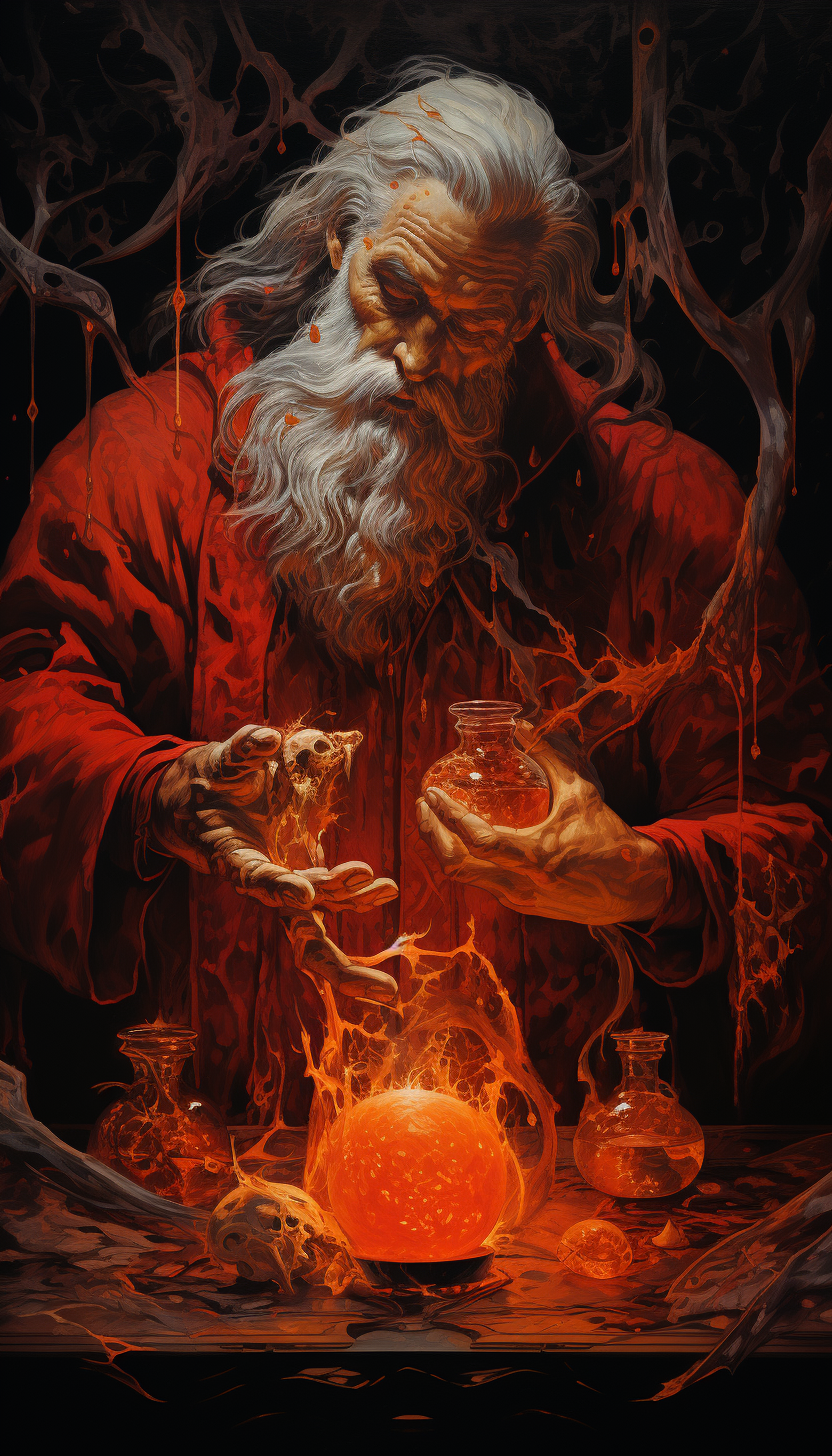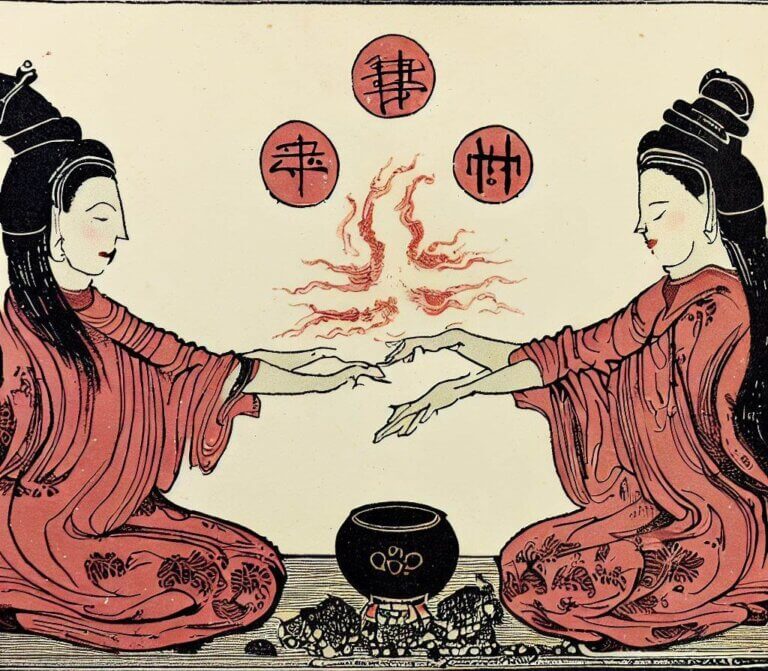Managing Pain with Occult Magick
Introduction
Throughout history, humanity has sought to understand, control, and alleviate the physical and emotional pains of existence. In many cultures, magick and the occult have played a central role in addressing these issues. While modern medicine has provided a wide array of tools to manage pain, some individuals still turn to ancient magickal practices as a complementary approach.

Occult Practices for Pain Management
- Sigil Magick: A sigil is a symbol created with a specific intention in mind. To use sigil magick for pain management, one might create a sigil that represents their desire to be free from pain. By focusing on this sigil during meditation or incorporating it into daily life, it’s believed that the subconscious mind can be influenced, potentially leading to pain relief.
- Meditative Visualization: Visualization is a key component in many magickal practices. To manage pain, one might visualize the pain as a specific shape or color, then imagine it diminishing or being removed entirely.
- Herbal Magick: Throughout history, herbs have been associated with both medicinal and magickal properties. Plants like willow bark (a natural source of aspirin) or lavender (often used for relaxation) can be used in rituals or ceremonies with the intent of alleviating pain.
- Crystal Healing: Crystals like amethyst or clear quartz are often believed to have healing properties. By placing these crystals on or near the source of pain or by meditating with them, some individuals believe they can harness the energy of the crystals for pain relief.
- Chanting and Mantras: Words are powerful, and the repetition of specific phrases, or mantras, can help focus the mind and alter consciousness. Repeating a mantra related to healing or pain relief can potentially provide comfort and alleviate discomfort.
- Working with Deities or Spirits: Some occult traditions involve working with specific deities, ancestors, or spirits known for their healing properties. Rituals, prayers, or offerings might be made to these entities in hopes of obtaining their assistance in managing pain.

Points of Consideration
- Safety First: Before engaging in any occult practice, it’s important to ensure that you’re in a safe environment and fully understand the rituals you’re performing. This is especially important if you’re incorporating herbs, as some can be toxic or have unintended side effects.
- Complement, Don’t Replace: Occult practices should be seen as a potential complement to traditional medical treatments, not a replacement. Always consult with a healthcare professional before making any decisions related to pain management.
- Mind-Body Connection: At its core, much of the magick related to pain relief revolves around the mind-body connection. Whether it’s through visualization, meditation, or other means, the aim is often to harness the power of the mind to influence physical well-being.
Conclusion
Occult magick offers a rich tapestry of tools and techniques that have historically been used to manage pain. While they may not resonate with everyone, and their efficacy might be a topic of debate, they provide an insight into the myriad ways humanity has sought solace from the trials of physical existence. As always, one should approach such practices with an open mind, caution, and a commitment to personal well-being.






